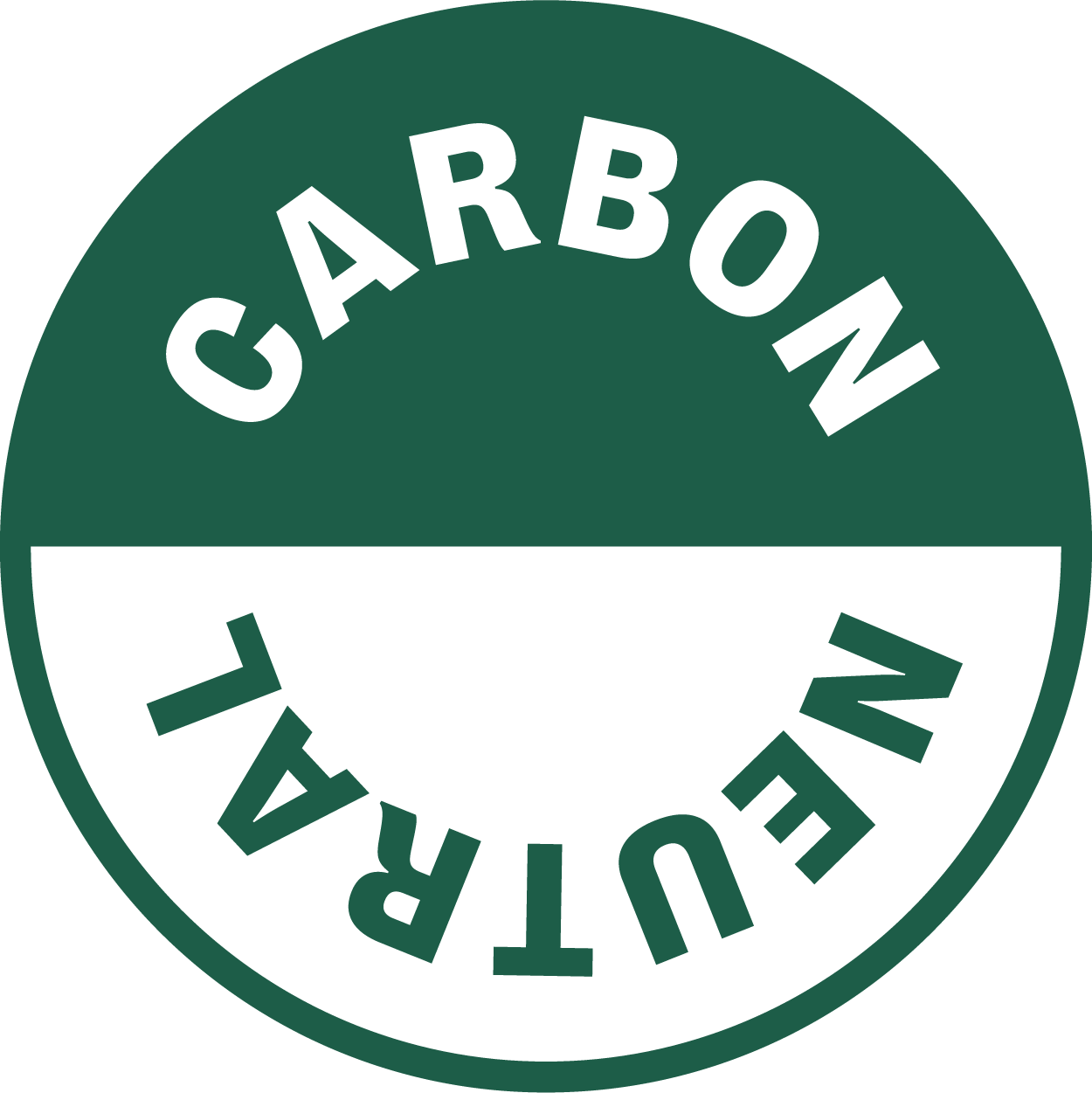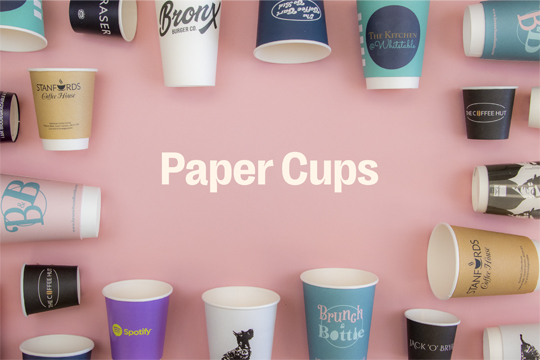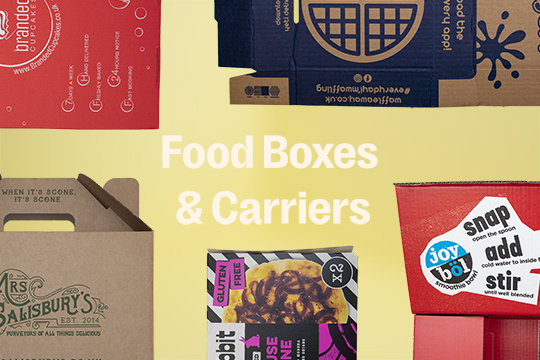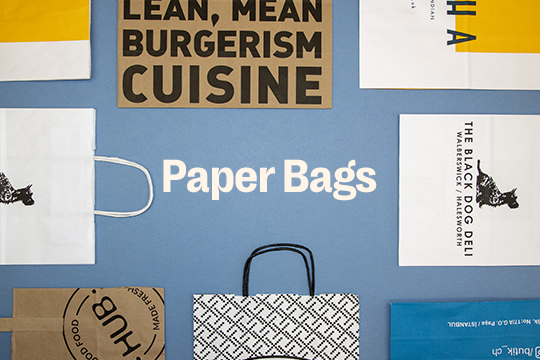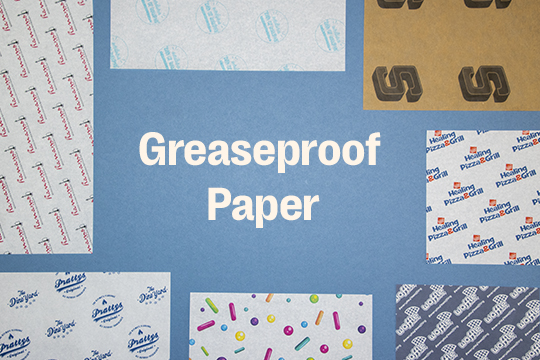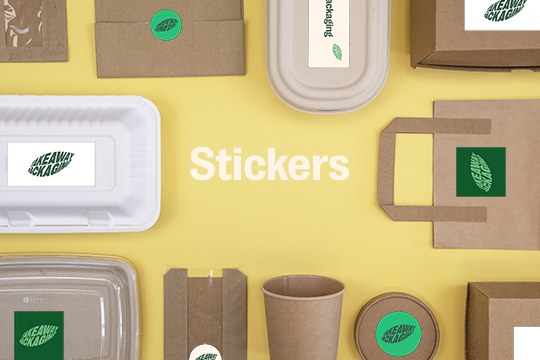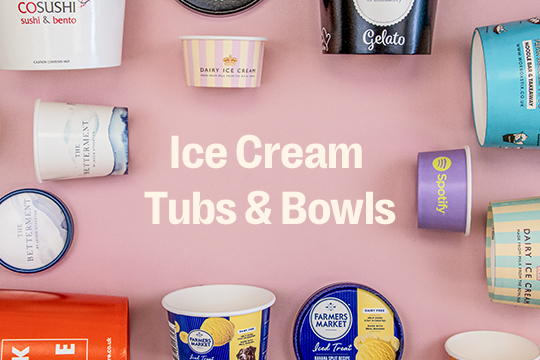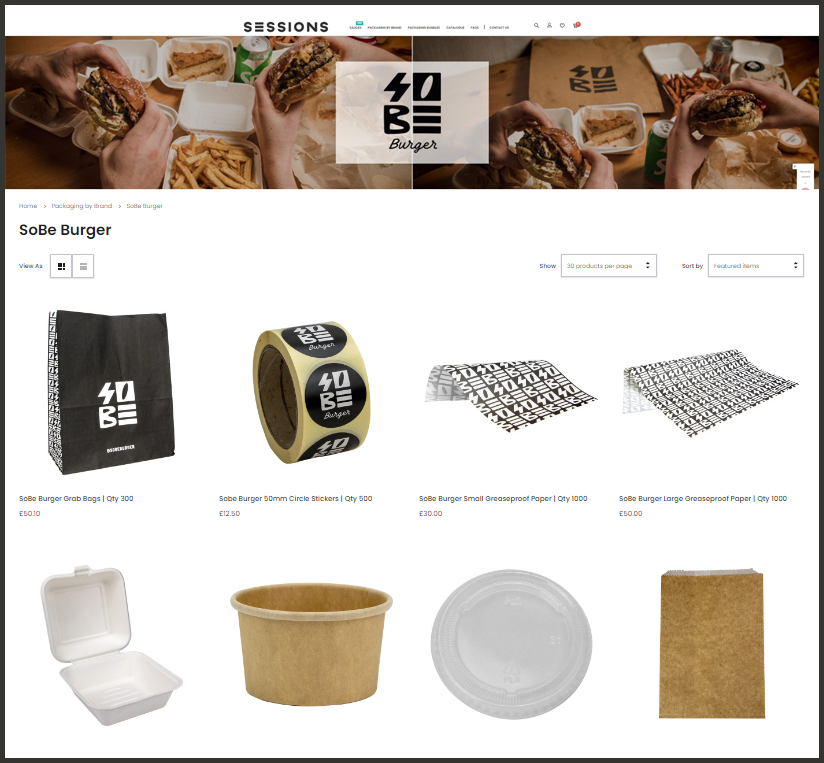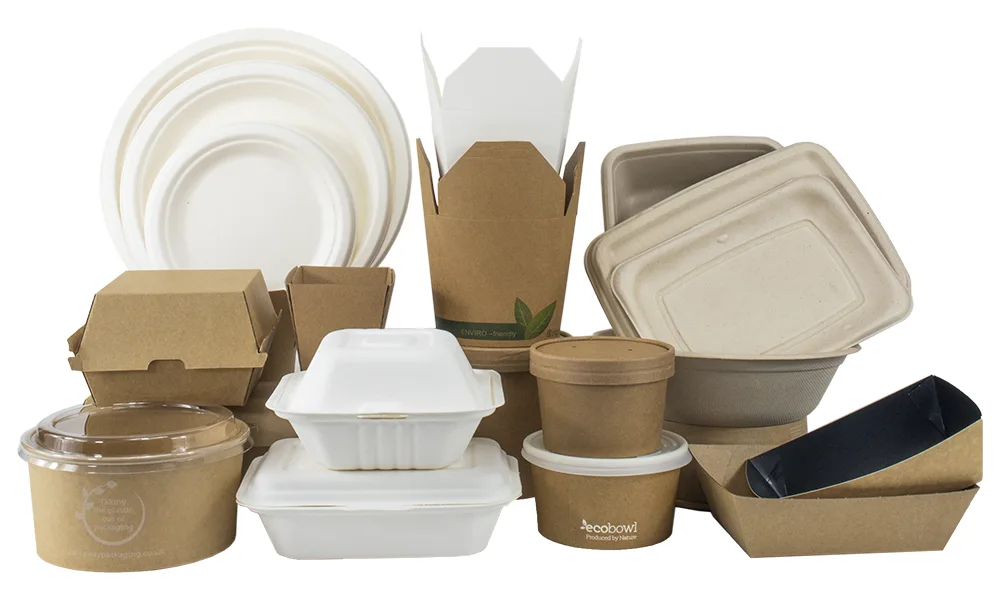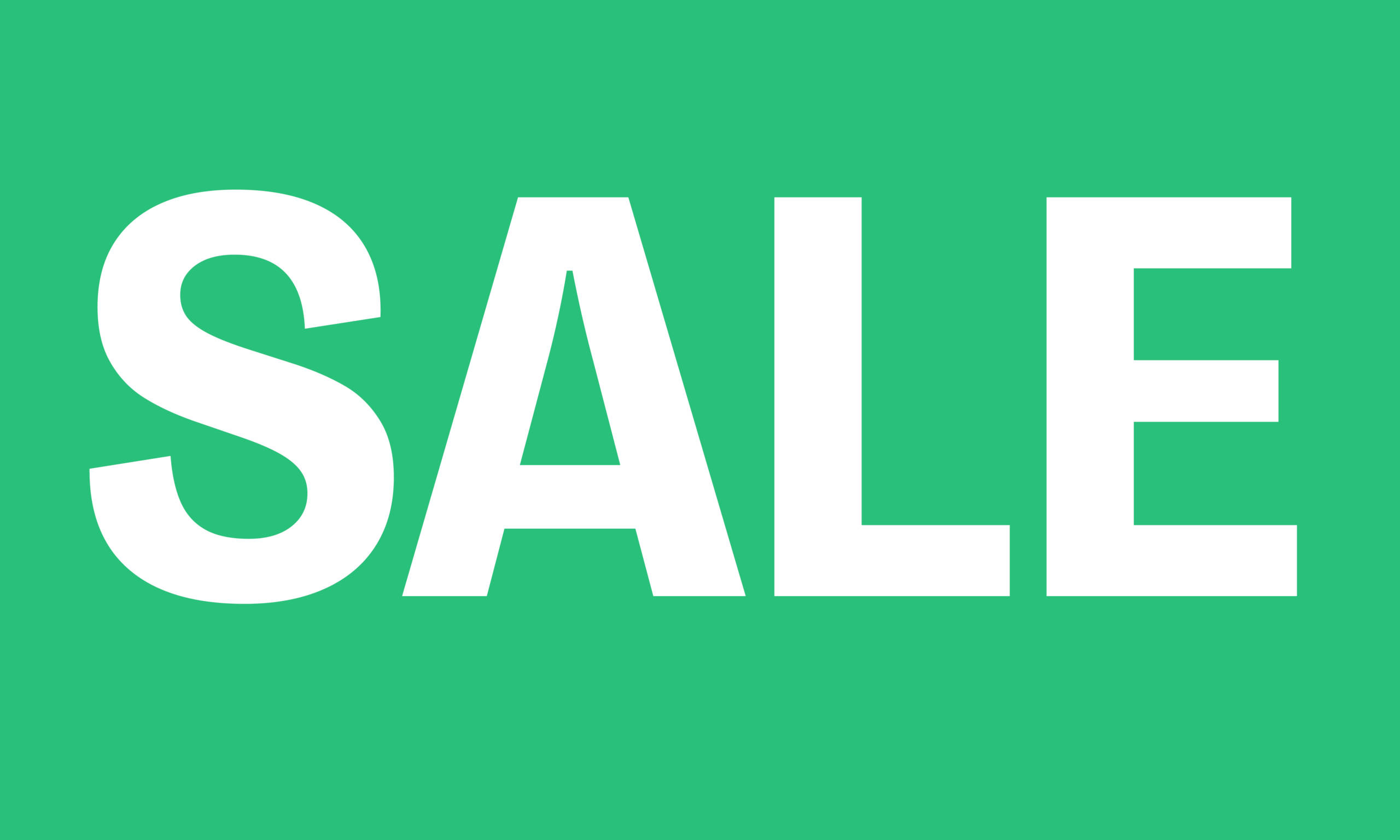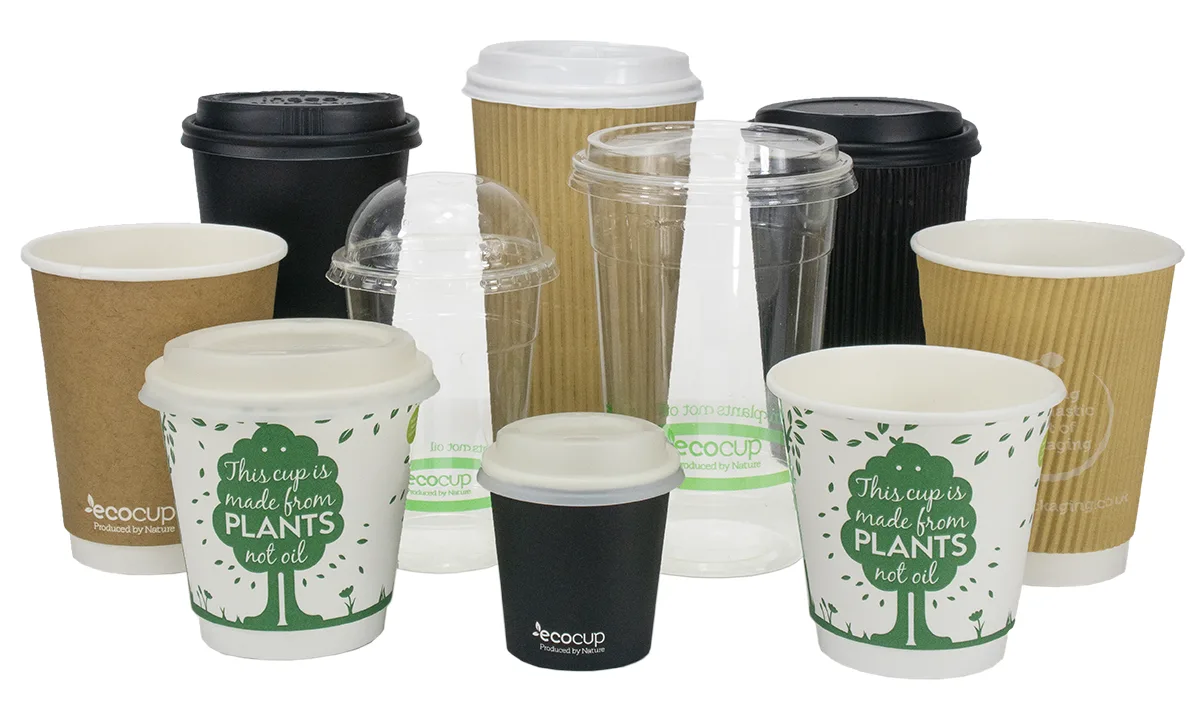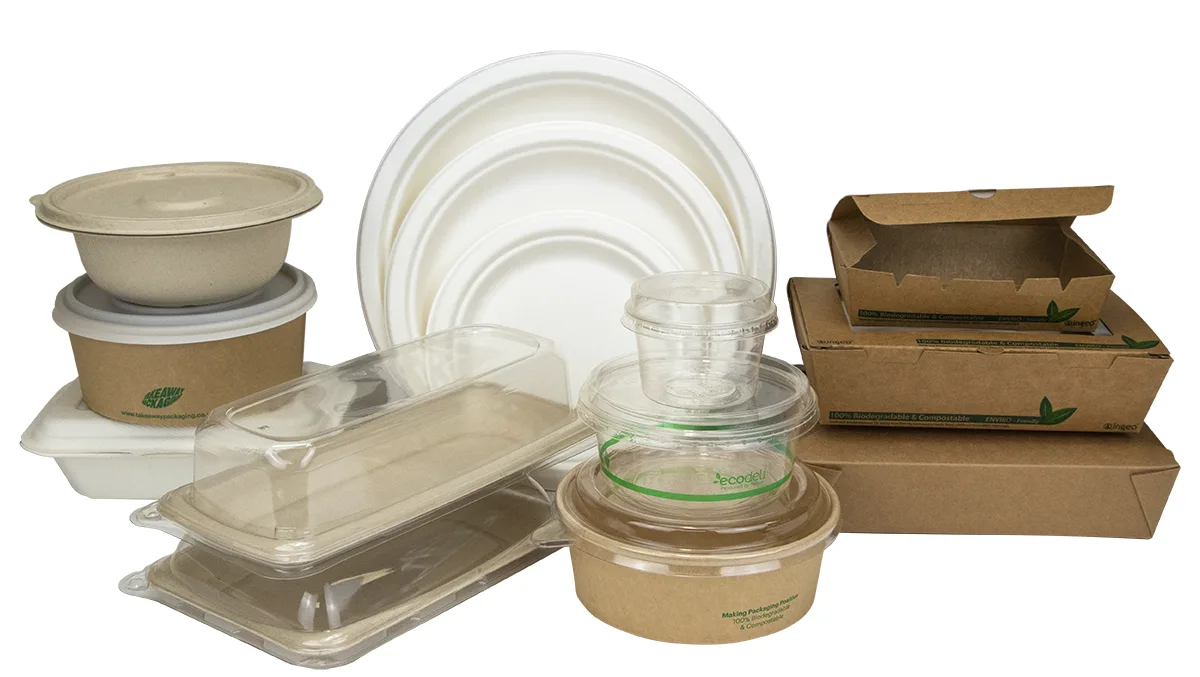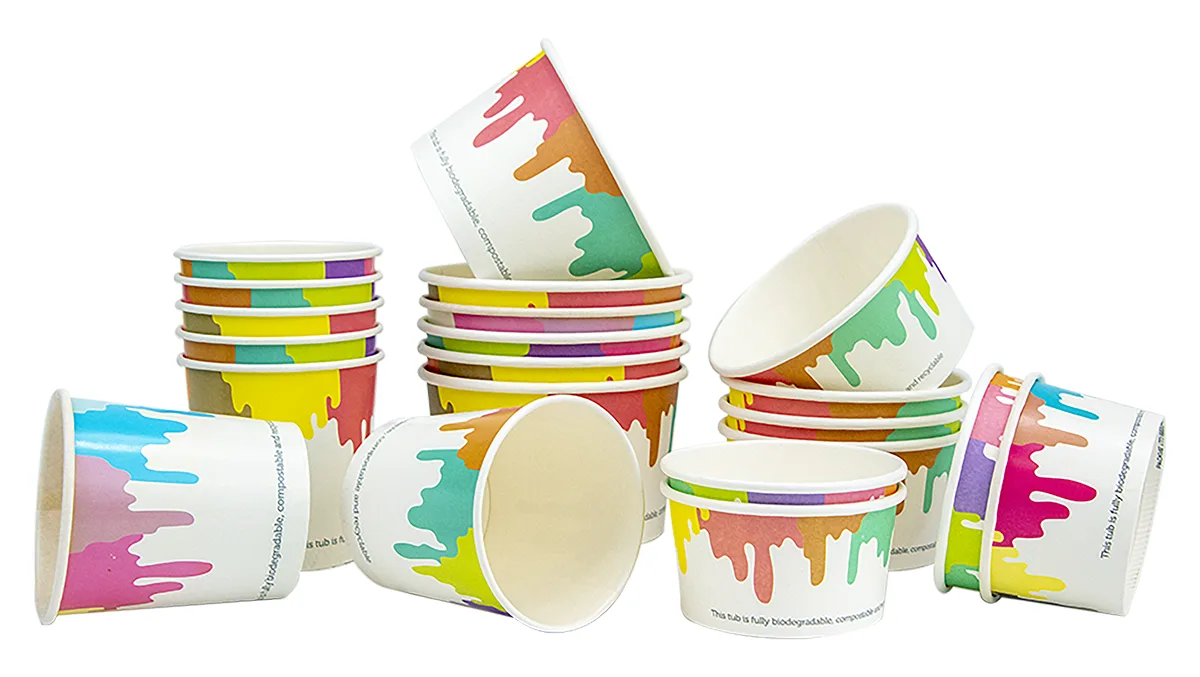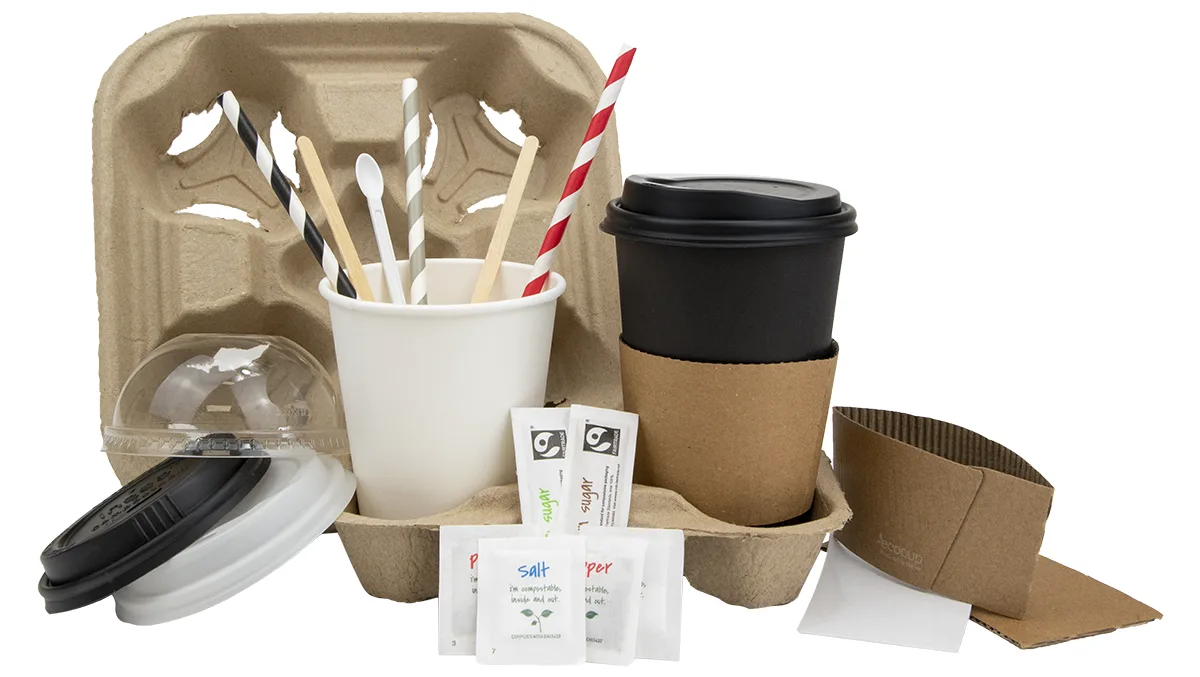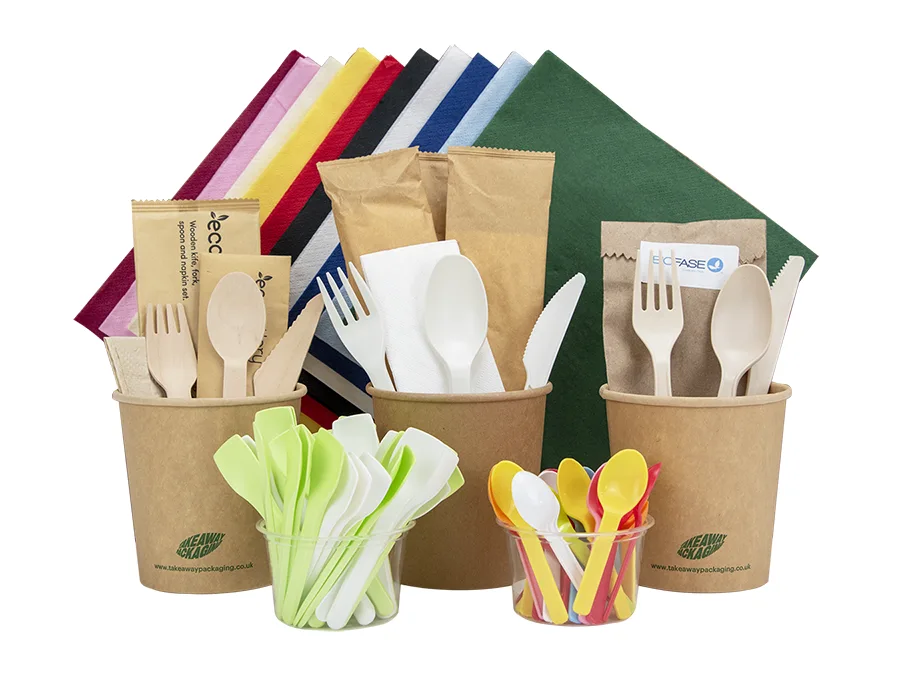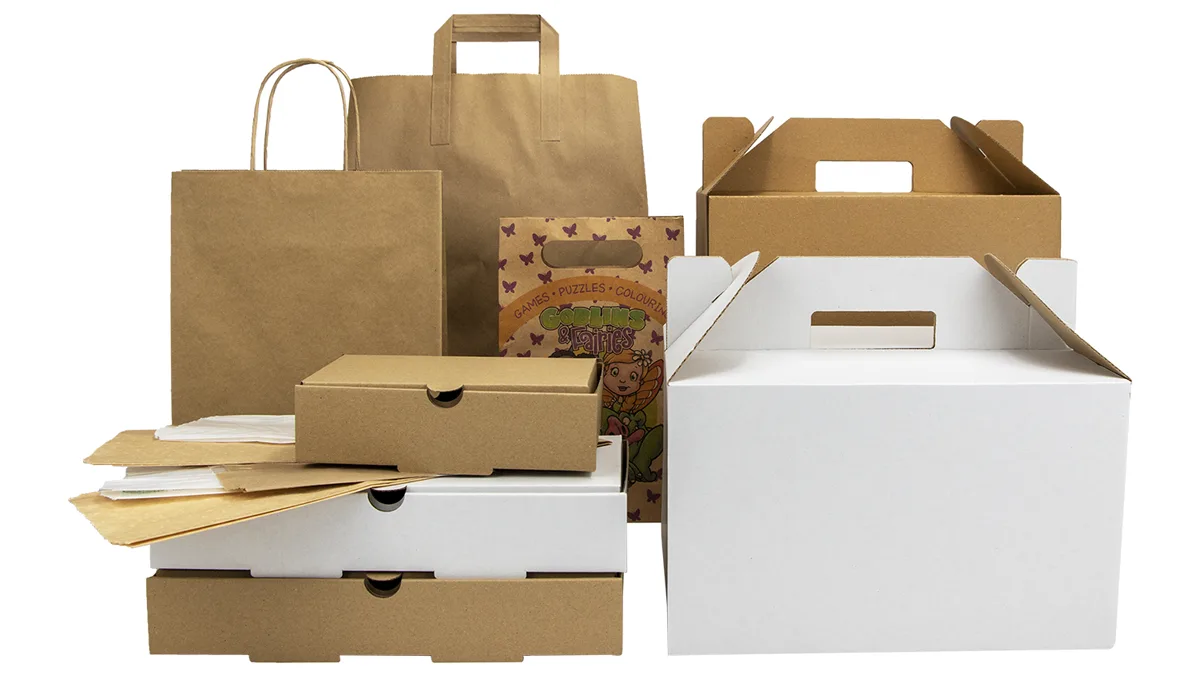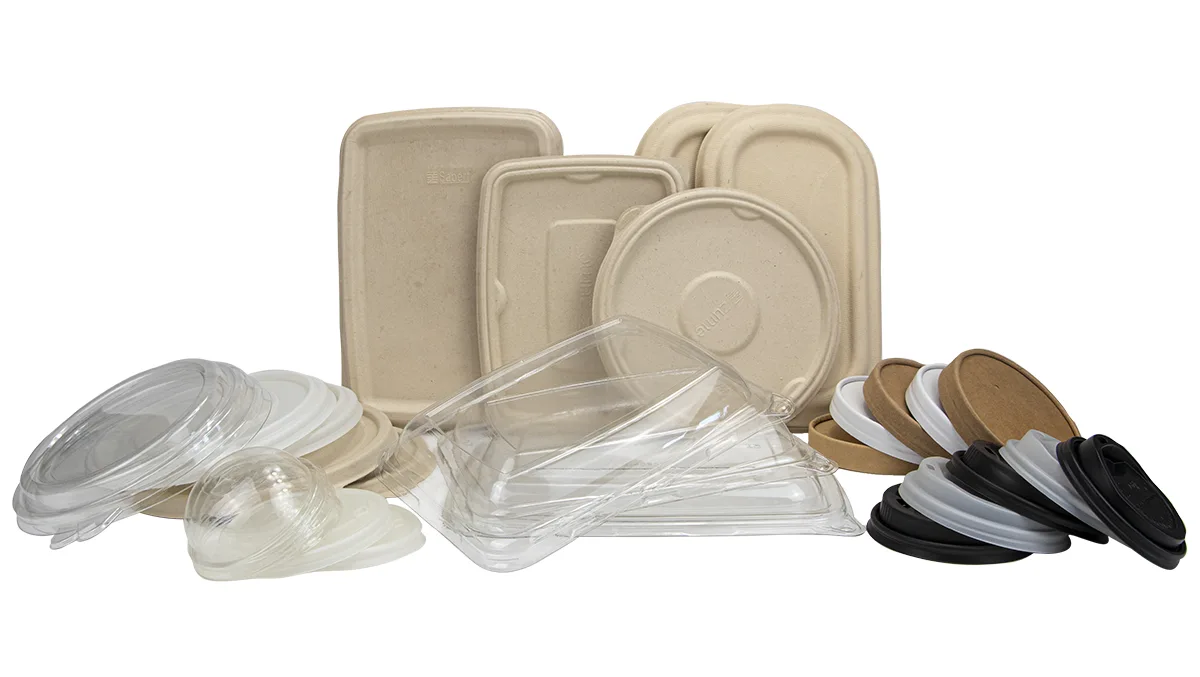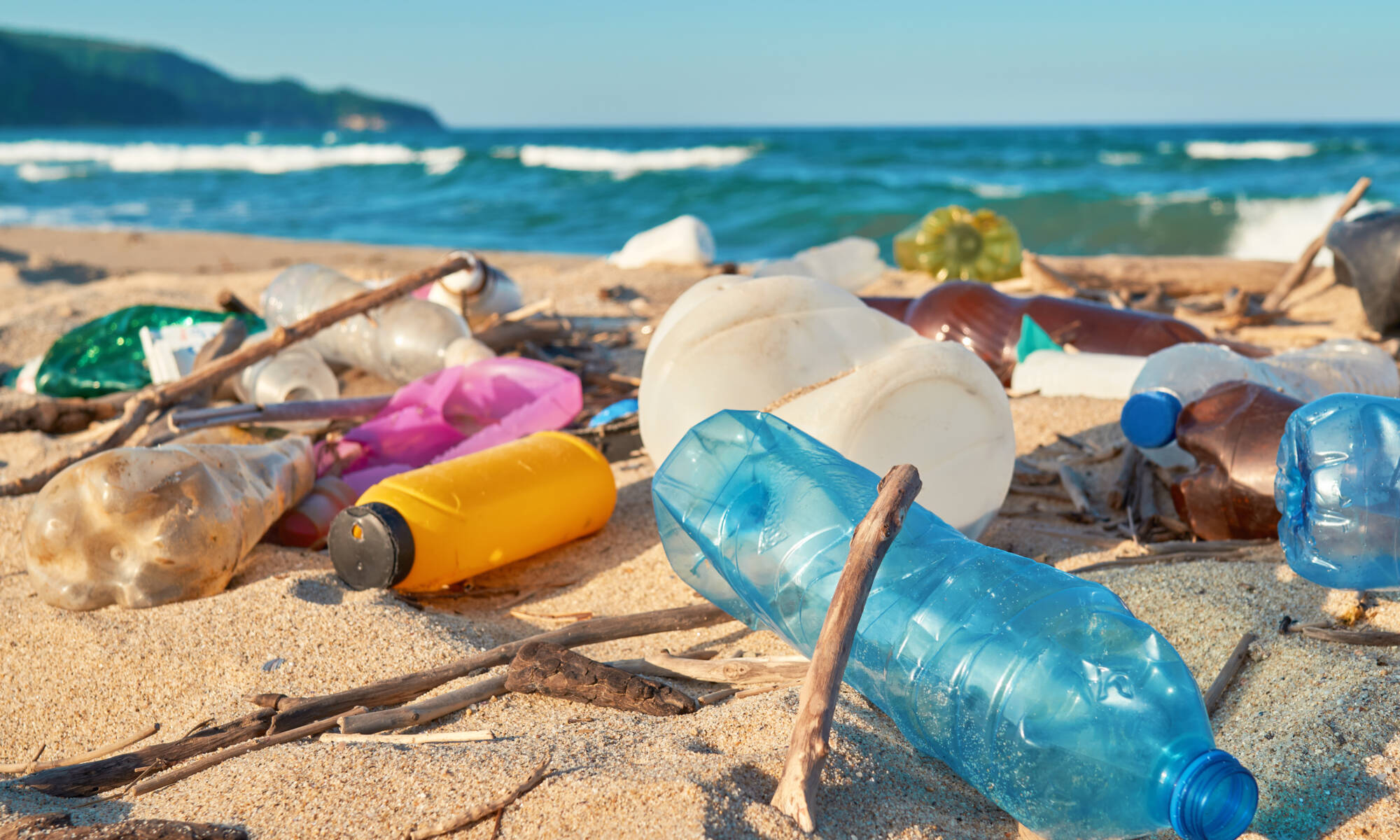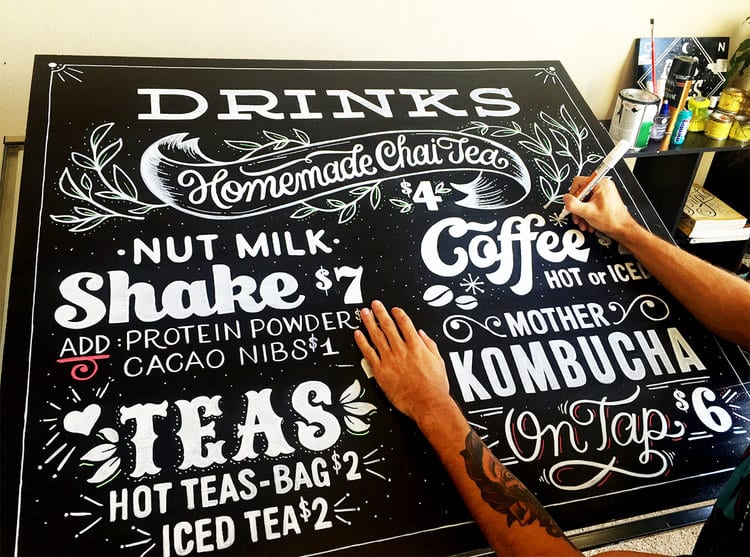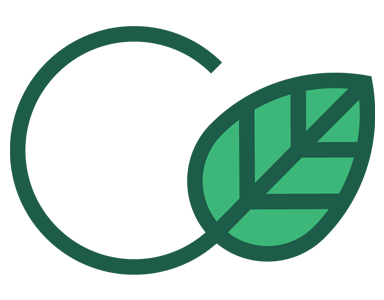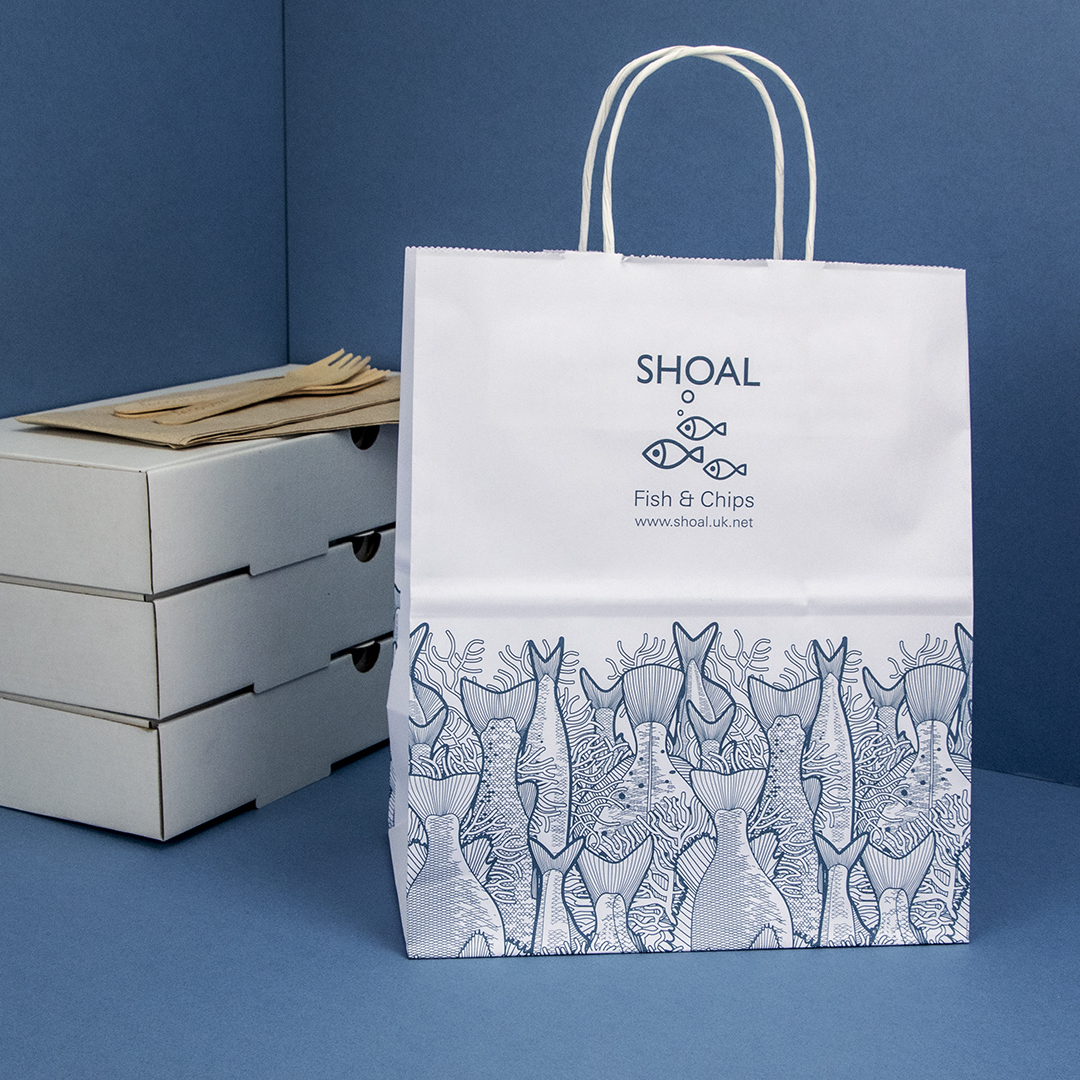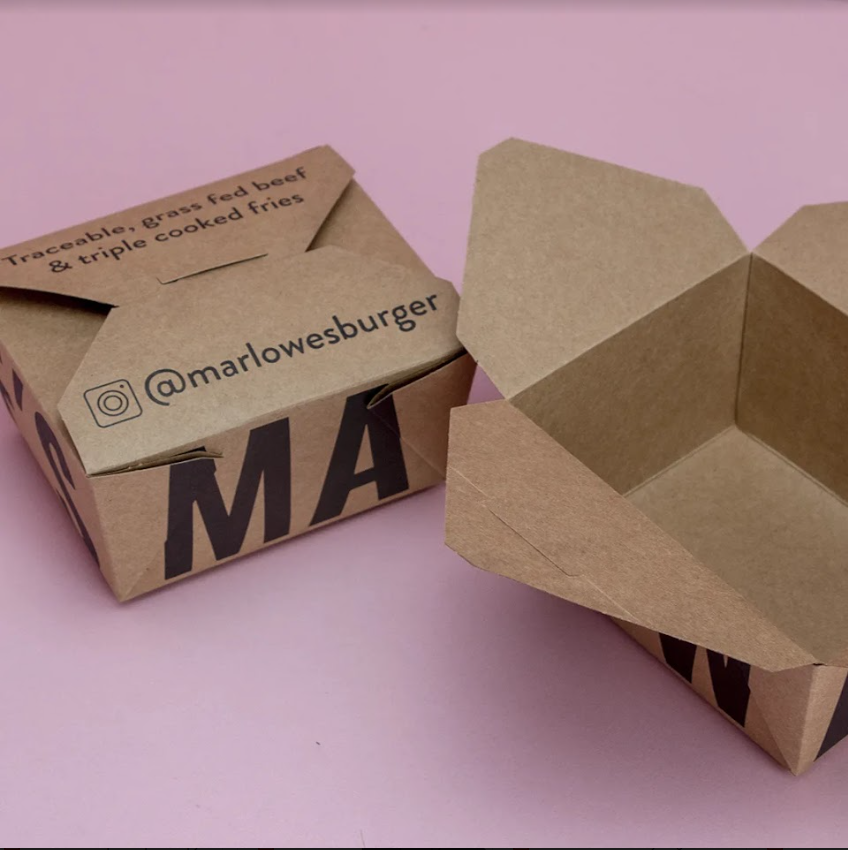Plastic is used to package pretty much everything. But how much plastic packaging is recycled? Takeaway Packaging looks at how much plastic packaging is reclaimed.
While plastic has unique properties that make it ideal for packaging everyday products, a large percentage of what we use ends up in landfills, pollutes our oceans and spoils the planet. You might be wondering, “how much plastic packaging is recycled?”. It’s recently been revealed that a shocking 91% of plastic isn’t recycled, a figure that really makes you think that there’s got to be a better way forwards.
Why Do We Use So Much Plastic?
Lightweight yet durable, plastic makes a great choice for packaging all kinds of products, from food and drinks to toys and tools. It can be moulded into almost any shape, making it incredibly versatile. But, it comes with one huge drawback: it’s not sustainable.
Most of the plastic in circulation today is produced using crude oil, a finite resource that is toxic to our environment. Plastic that’s manufactured using crude oil can take hundreds of years to degrade, meaning it’ll be around for generations to come once it’s served its initial, short-lived purpose. This creates a significant problem, one that’s already being addressed by businesses and governments alike.
Why Isn’t Plastic Packaging Recycled?
Once cardboard and paper are spoiled by food or liquids, they can’t be recycled. But, due to their natural properties, they’re mostly biodegradable. Even though you can’t throw your oil-stained pizza box in the recycling bin, it’ll degrade naturally over a relatively short period, having a much smaller environmental impact than plastic packaging.
This raises the question: why isn’t plastic packaging recycled?
A lack of awareness — Britons are still confused over what can and can’t be recycled. According to a recent study, 57% of people throw out recyclable packaging with their regular waste, assuming some plastic packaging isn’t recyclable when it could, in fact, be repurposed. Another study found that 37% of people didn’t know what the Mobius Loop stood for (the ubiquitous recycling symbol that’s been in use for over 50 years).
A lack of provision — further to this, a lack of public and private recycling facilities means that people don’t have the option to recycle even if they want to. It costs businesses extra to have managed recycling facilities, so most are happy to save money in the short term and stick with general waste management solutions.
A lack of recyclable packaging — even with the best of intentions, there are still plastics in circulation that aren’t yet recyclable. Film lids on salads and soap bottle pumps are among some of the unrecyclable materials that won’t get a second chance at life and will be condemned to the landfill after usage.
What Are the Alternatives to Plastic Packaging?
Fortunately, alternatives to oil-based plastic packaging have been developed in recent years, providing an invaluable substitute to non-biodegradable plastic. In addition to these technological innovations, simple yet effective paper and cardboard options have made a triumphant return, serving humbly as packaging for takeaways, online retailers and a plethora of other products and services.
Bioplastic has almost identical properties to that of oil-based plastics. It’s flexible and sturdy, but the key difference is that it’s made from natural materials, making it naturally biodegradable. This means that once a bioplastic product has served its purpose as a coffee cup or a piece of cutlery, it’ll degrade into naturally occurring elements like water, carbon dioxide and sugar, leaving barely any trace of its existence at all.
A Greener Solution to Plastic Packaging
From the simple to the sublime, there are more and more reasons to ditch plastic packaging. From biodegradable and compostable bioplastics to basic but brilliant paper and cardboard packaging solutions, it’s easier than ever to play your part in protecting the environment. Put your recycling woes to one side and invest in sustainable solutions today.
Do you want to help save the Earth? Check out our extensive range of revolutionary sustainable packaging for takeaway food and drinks and start helping to protect the planet today.

